Himalayan Blue Granite originates from the Koppal and Kuknur regions of Karnataka within India’s Western and Eastern Ghats mountain ranges. This material is technically classified as a migmatite—a rock at the frontier between igneous and metamorphic formations—though it is internationally marketed as granite for commercial purposes. In areas applying European Standards, this stone must be properly nominated as migmatite rather than granite.
The stone exhibits considerable variation in veining and color distribution, making each slab unique. For large commercial projects, specification of blocks from the same quarry face ensures pattern consistency across installation areas. The material performs reliably in both interior and exterior applications, with documented frost resistance suitable for cold-climate installations.
Architects specify Himalayan Blue for residential kitchen and bathroom countertops, commercial lobby flooring, exterior building facades, landscaping features including paving and garden pathways, monumental applications, and fireplace surrounds. The distinctive grey-to-black base with contrasting pink and grey veining creates visual depth particularly valued in contemporary and transitional design schemes.
Performance and Quality
The stone demonstrates low water absorption at 0.14%, significantly below the typical granite range maximum of 0.40%. This characteristic provides excellent resistance to staining agents and moisture-related deterioration. The compression breaking load of 220.73 N/mm² exceeds minimum requirements for structural and high-traffic applications, while the bending strength of 17.85 N/mm² supports cantilever and spanning installations.
Himalayan Blue resists scratching and heat damage typical of natural granite materials. The stone withstands temperatures up to approximately 250°C (480°F), though direct heat application from cookware can initiate thermal stress cracking. Users should employ trivets and hot pads to prevent localized thermal gradients.
The material exhibits exceptional durability against weathering. Testing confirms suitability for exterior cladding, municipal paving, and landscape features subject to freeze-thaw cycles, UV exposure, and precipitation. The polished surface maintains its appearance with minimal maintenance in outdoor environments.
Materials and Construction
Migmatite forms through partial melting of pre-existing metamorphic rock under intense heat and pressure conditions. The darker regions—consisting primarily of biotite mica and hornblende—represent the original metamorphic material, while lighter veins of quartz and feldspar indicate partial melting episodes. This mixed composition creates the characteristic banded or streaked appearance that distinguishes migmatite from purely igneous or metamorphic stone types.
During fabrication, a clear epoxy resin filler may be applied to micro-fissures or minor surface pitting during the polishing process. This treatment does not compromise structural integrity but provides a smoother finished surface. The filler remains stable under normal use conditions and does not affect performance characteristics.
Parameter |
Description |
| Slab Sizes | Gangsaw 280 x 180 CM up in 2, 3 CM, and other Cutter Slabs: 180 x 60 CM up in 2, 3 CM, and other |
| Tiles | 30×30, 30×60, 40×40, 60×40, 60×60, 60 x 90, 60×120 CM in various thicknesses and custom sizes |
| Thickness | 6 mm, 18 mm, 20 mm, 30 mm & custom options |
| Others | Window sills, thresholds, monuments, steps & treads, flagstones, and articles available in custom sizes |
| Finishes | Flamed, Polished, Lapotra, Honed, Brushed, Leather, Antique, Bush Hammered and Shot Blast |
| Place of Origin | South India |
Maintenance and Care
Himalayan Blue requires less sealing maintenance than many natural stones due to its low absorption rate. Before applying any penetrating sealer, test a small sample section; excessive sealing attempts may create undesirable residue buildup on this dense material. When sealing is appropriate, apply a quality impregnating sealer and allow full curing before use.
Daily cleaning requires only pH-neutral stone cleaner and soft microfiber cloth or mop. Avoid acidic cleaners including vinegar, citrus-based products, and harsh alkaline solutions that can etch or dull the polished finish. Address spills promptly, particularly from wine, coffee, oils, and colored beverages.
For high-traffic commercial flooring, establish a maintenance schedule including daily dust mopping, weekly damp mopping with neutral cleaner, and annual professional deep cleaning with extraction equipment. Exterior installations benefit from quarterly power washing at moderate pressure (1500-2000 PSI) to remove environmental soiling.
Expected service life for interior installations ranges from 25 to 50+ years with proper maintenance. Exterior cladding and paving typically provide 50 to 100+ years of functional performance based on documented granite longevity in municipal infrastructure applications.
Installation and Compatibility
Professional installation by experienced stone fabricators ensures optimal results. Countertop fabrication requires diamond-blade wet saws, CNC routing equipment for sink cutouts and edge profiles, and vacuum suction systems for slab handling. The material’s density and hardness necessitate carbide-tipped or diamond tooling for all cutting and drilling operations.
For flooring installations, use modified thin-set mortar specifically rated for natural stone over appropriate substrate preparation. Exterior cladding systems should incorporate mechanical anchoring per ASTM C1242 guidelines rather than adhesive-only methods, particularly in seismic zones or freeze-thaw climates. Consult structural engineers for anchoring load calculations on facades exceeding 15 meters height.
Grout selection affects final appearance. Light grey or charcoal grout colors harmonize with the stone’s natural palette, while contrasting white grout emphasizes individual tile boundaries. Epoxy grout provides superior stain resistance for kitchen countertop backsplashes and commercial food-service areas.
PROS & CONS
Advantages
- Distinctive aesthetics: Unique grey-black base with pink veining creates visual impact unsuitable for other Indian granites
- Exceptional durability: Low water absorption (0.14%) and high compressive strength (220.73 N/mm²) exceed standard granite performance
- Frost resistance: Documented performance in freeze-thaw environments suitable for cold-climate exterior installations
- Versatile applications: Approved for interior countertops, exterior cladding, flooring, paving, and monumental use
Considerations
- High color variation: Considerable pattern differences between slabs require same-quarry-face block selection for large projects
- Limited sealing options: Dense composition may develop residue buildup from excessive sealing attempts; requires testing before application
- Professional tools required: Hardness and density demand diamond tooling and experienced fabricators; not suitable for DIY installation
WHO SHOULD BUY
Ideal Buyers
- Residential renovators seeking distinctive, non-mainstream countertop material with proven durability
- Commercial architects specifying exterior cladding for cold-climate projects requiring frost resistance
- Hospitality developers needing visually striking lobby flooring that withstands heavy traffic
- Landscape architects designing high-end outdoor spaces with natural stone paving and features
- Memorial/monument fabricators requiring durable stone with unique aesthetic character
Not Recommended For
- Projects requiring perfectly uniform, no-variation stone appearance (consider engineered materials instead)
- Buyers seeking mainstream, readily-available granite colors with extensive local inventory
- Ultra-minimalist Scandinavian design schemes preferring pure white or light grey palettes
- DIY installers without access to diamond tooling and stone fabrication experience
- Projects in EU jurisdictions where specifiers cannot accommodate migmatite classification requirements
FAQs
Q1: What is the difference between migmatite and granite, and does it affect performance?
Migmatite is a mixed rock type formed at the boundary between metamorphic and igneous processes, while granite is purely igneous. Performance characteristics are comparable or superior for Himalayan Blue (0.14% absorption vs. typical granite 0.05-0.40%). The classification matters primarily for European Standard compliance in EU projects, not for functional performance.
Q2: Why does Himalayan Blue show such high variation between slabs?
The mixed geological formation process creates natural variation in vein distribution, color intensity, and quartz content. Each block reflects slightly different conditions during the original rock’s partial melting. For uniform appearance across large projects, specify blocks from the same quarry face and request sample approval.
Q3: Can Himalayan Blue Granite be used for outdoor kitchen countertops in coastal environments?
Yes. The low water absorption (0.14%) and frost resistance make it suitable for outdoor applications. However, seal the stone with quality marine-grade penetrating sealer tested on a sample first, and establish quarterly maintenance cleaning to remove salt deposits in coastal locations.
Q4: Does this stone require sealing immediately after installation?
Test first with a small sample. Due to its very low absorption rate, excessive sealing may create surface residue. If water beads on the surface for 5+ minutes without soaking in, sealing may be unnecessary. When sealing is appropriate, use impregnating (not topical) sealer.
Q5: What is the typical lifespan for Himalayan Blue in high-traffic commercial flooring?
With proper installation and maintenance, expect 50-100+ years of functional performance. Granite has documented longevity in municipal infrastructure applications. Re-polishing every 15-25 years can restore surface luster if wear patterns develop in extreme-traffic areas.
Q6: Are there restrictions on using Himalayan Blue in sustainable building certification projects?
Natural stone qualifies for LEED points under Materials & Resources credits for local/regional materials (if quarried within 500 miles), rapidly renewable materials exception (natural stone), and recycled content at end-of-life. Verify supplier provides Environmental Product Declaration (EPD) if required for specific certification levels. Not publicly disclosed; confirm EPD availability with supplier.

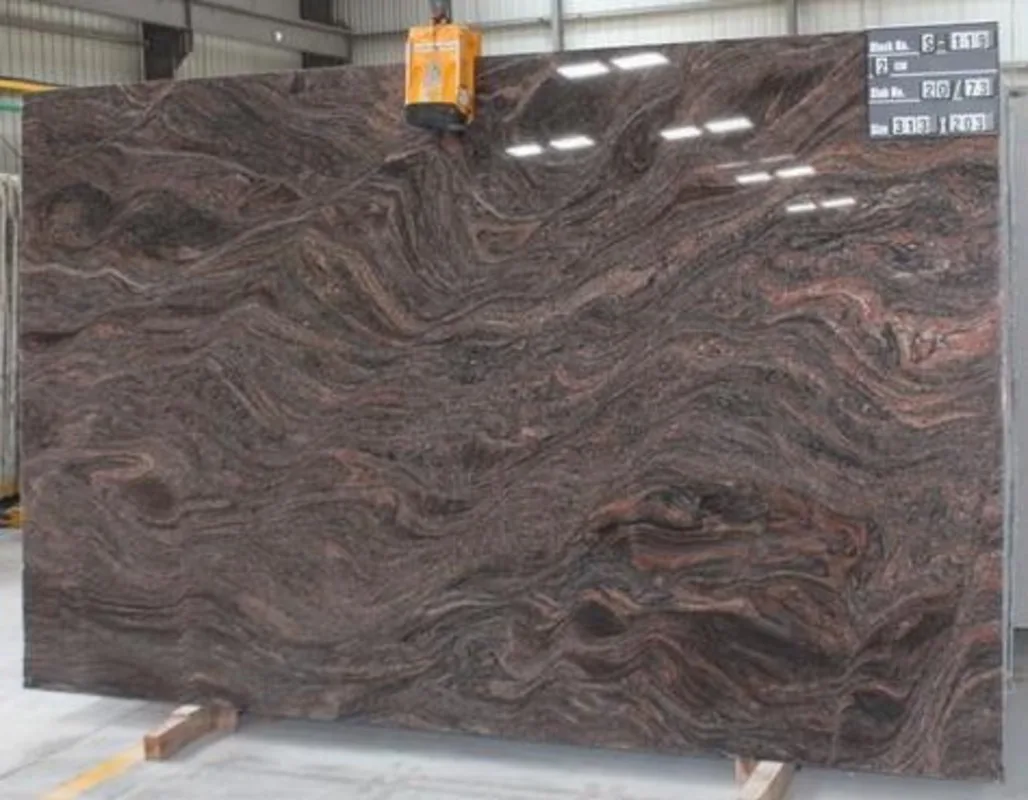
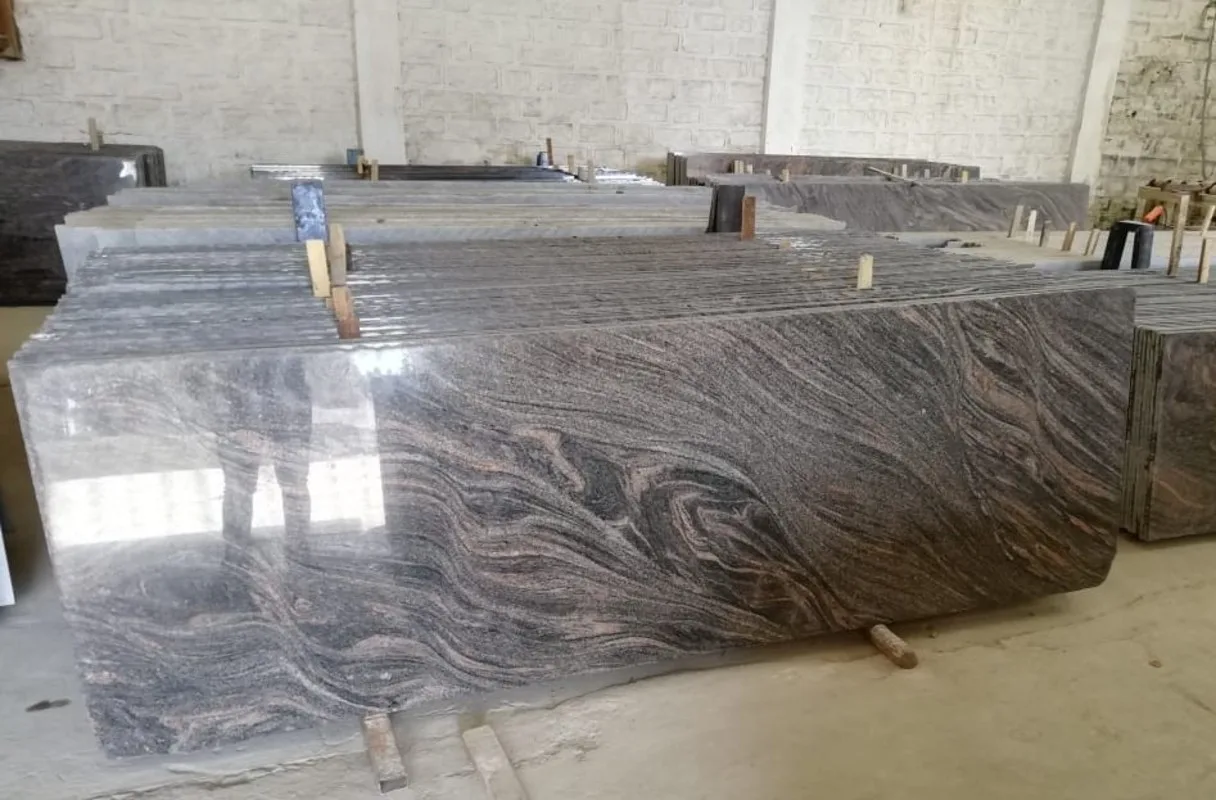

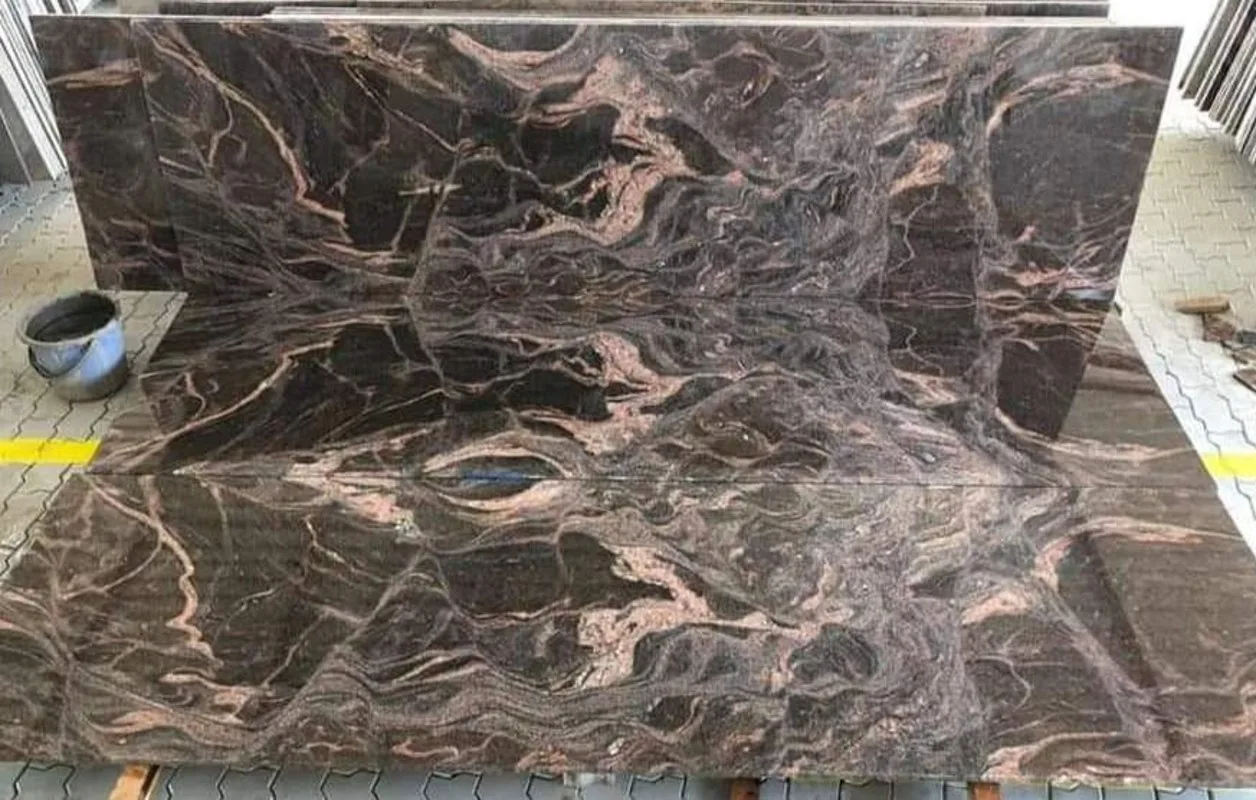


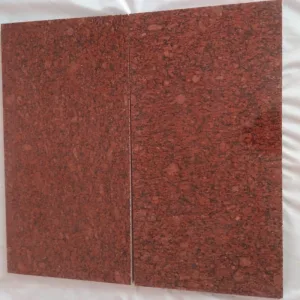
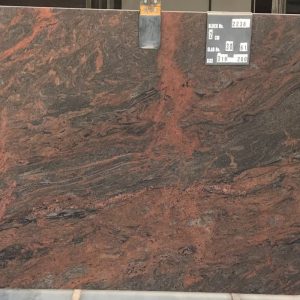
Reviews
There are no reviews yet.